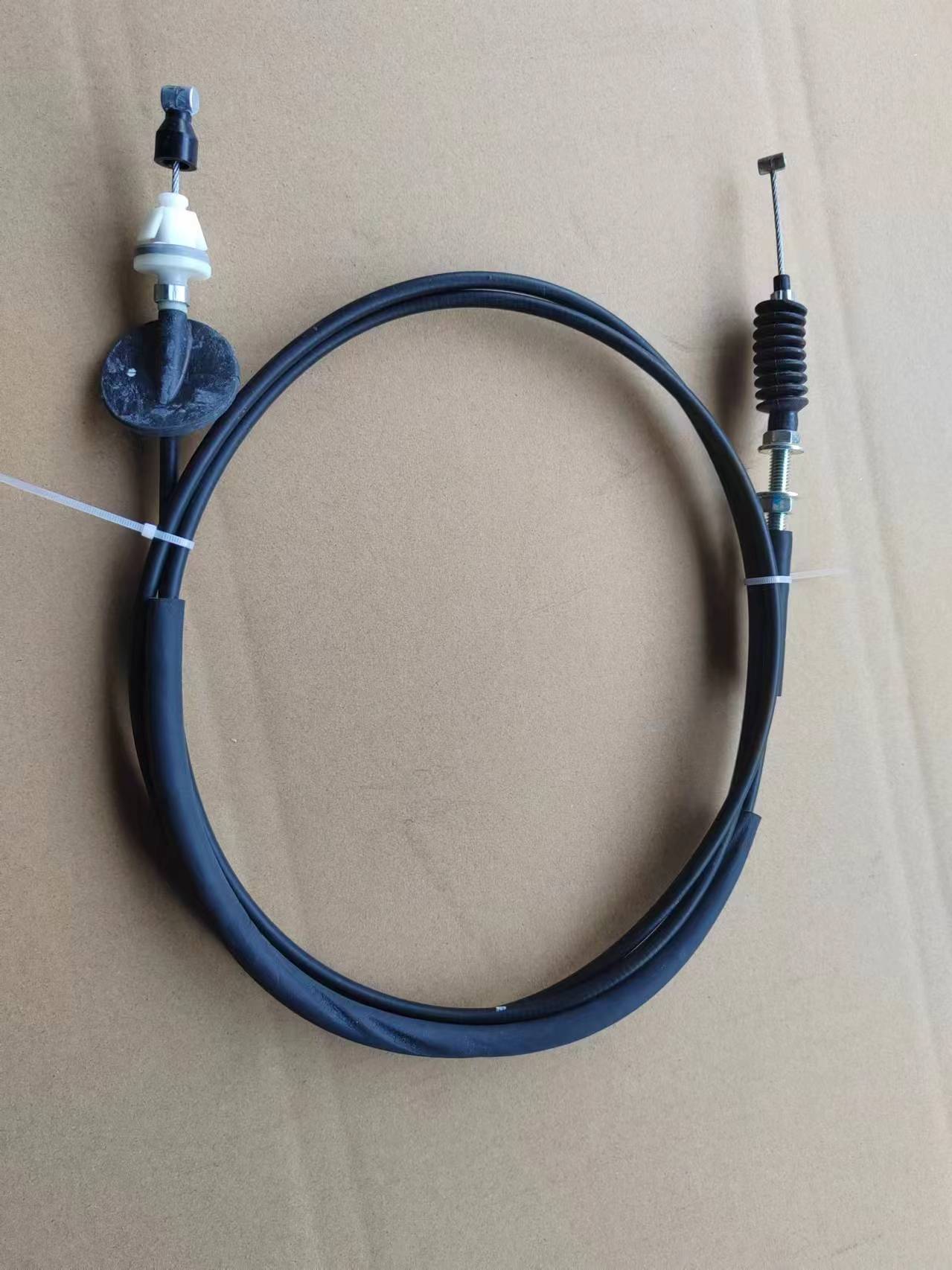push pull throttle assembly
Understanding the Push-Pull Throttle Assembly
In the realm of mechanical design and engineering, the push-pull throttle assembly plays a crucial role in controlling the operation of combustion engines, particularly in vehicles such as motorcycles, cars, and boats. This assembly is integral to the throttle control system, allowing operators to regulate the fuel-air mixture that enters the engine, thereby controlling its speed and responsiveness. This article explores the functionality, components, and applications of the push-pull throttle assembly.
Components of the Push-Pull Throttle Assembly
The push-pull throttle assembly typically consists of several key components, including the throttle lever, cables, a throttle body, and a return spring.
1. Throttle Lever The throttle lever is the user interface, usually found on the handlebars of motorcycles or the dashboard of cars. It is designed for easy access and operation, allowing the driver or rider to manipulate the throttle quickly and efficiently.
2. Cables The assembly utilizes two cables—one for pushing and one for pulling. The push cable is responsible for opening the throttle plate in the throttle body, thus allowing more air-fuel mixture to enter the engine. Conversely, the pull cable helps in returning the throttle to its idle position, ensuring that the engine does not receive excess fuel when the operator releases the throttle lever.
3. Throttle Body This component contains the throttle plates or valves, which are critical for engine performance. The position of the throttle plates directly affects the volume of air entering the engine, influencing its power output and efficiency.
4. Return Spring The return spring ensures that the throttle returns to the idle position when the throttle lever is not being actively engaged. This is vital for safety and for maintaining control over the engine's power output.
Functionality of the Push-Pull Throttle Assembly
push pull throttle assembly

The operation of the push-pull throttle assembly is relatively straightforward. When the throttle lever is pushed forward, the push cable pulls the throttle plate open, allowing more air and fuel to enter the engine. This action increases the engine's RPM (revolutions per minute) and, consequently, its power output.
When the operator releases the throttle lever, the return spring pulls the throttle plate back to its idle position through the pull cable. This quick return is essential to prevent accidental acceleration and to maintain the vehicle’s stability, especially when navigating through sharp turns or stopping.
Applications of the Push-Pull Throttle Assembly
The push-pull throttle assembly is widely used in various applications, from automobiles to aircraft and marine engines.
1. Automobiles Cars utilize this assembly in their throttle control system to ensure smooth acceleration and deceleration. It allows drivers to have precise control over their vehicle's power output.
2. Motorcycles In motorcycles, the push-pull throttle is critical for ensuring a responsive riding experience. Riders rely on this system to manage speed effectively, especially in high-performance situations.
3. Maritime Applications Boats also employ push-pull throttle assemblies to control engine output while navigating through various water conditions. This allows for better maneuverability and control.
Conclusion
The push-pull throttle assembly serves as a vital component in modern engine management systems, providing critical control over vehicle performance. Its straightforward yet effective mechanism allows users to manipulate engine power safely and efficiently. As technology advances, we may see further developments in throttle assembly designs, possibly incorporating electronic controls or advanced materials to enhance performance and reliability. However, the fundamental principles behind the push-pull mechanism will likely remain at the core of throttle control in mechanical systems for years to come.
-
Workings of Clutch Pipe and Hose SystemsNewsJun.04,2025
-
The Inner Workings of Hand Brake Cable SystemsNewsJun.04,2025
-
The Secrets of Throttle and Accelerator CablesNewsJun.04,2025
-
The Hidden Lifeline of Your Transmission Gear Shift CablesNewsJun.04,2025
-
Demystifying Gear Cables and Shift LinkagesNewsJun.04,2025
-
Decoding Clutch Line Systems A Comprehensive GuideNewsJun.04,2025
